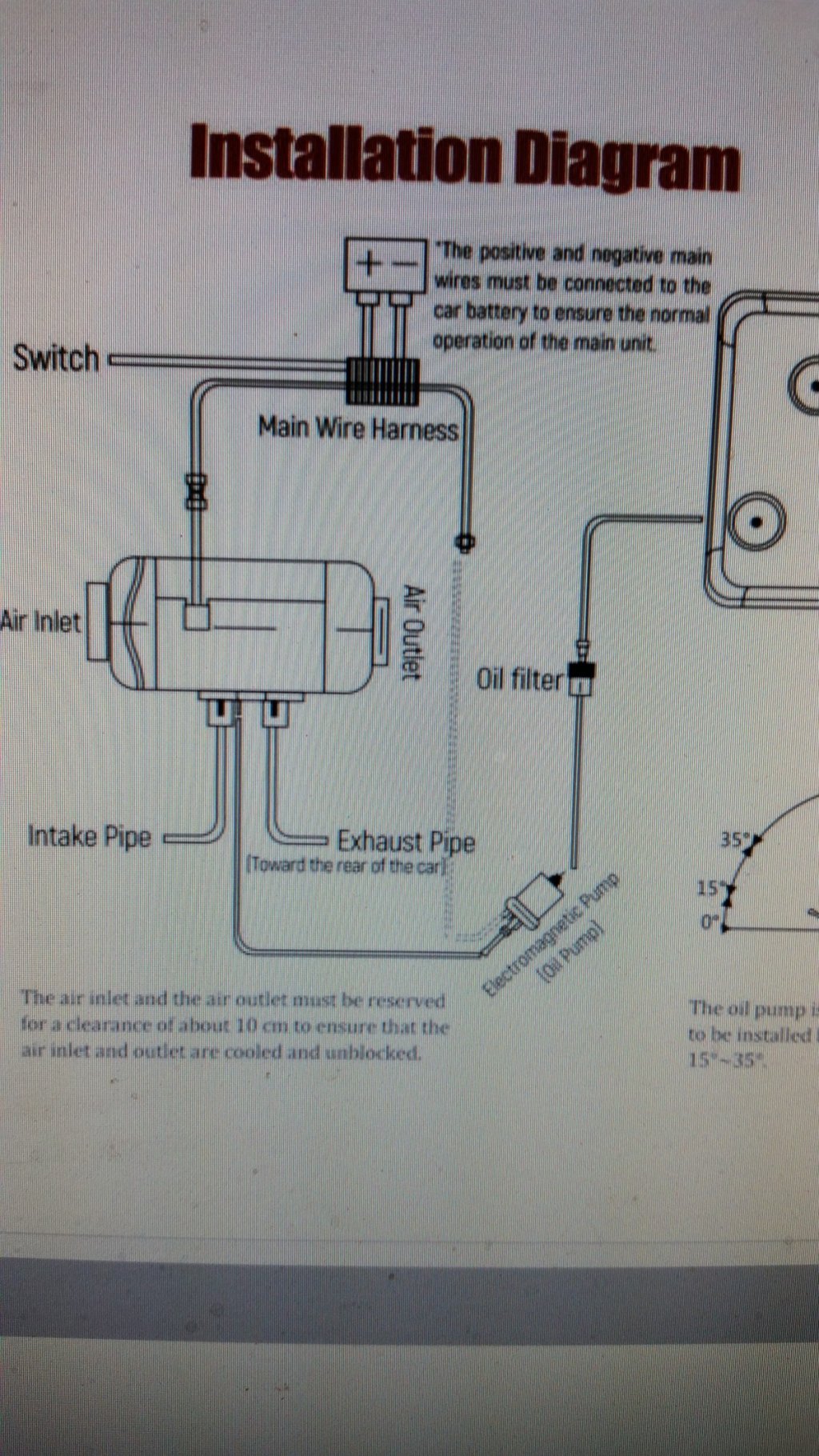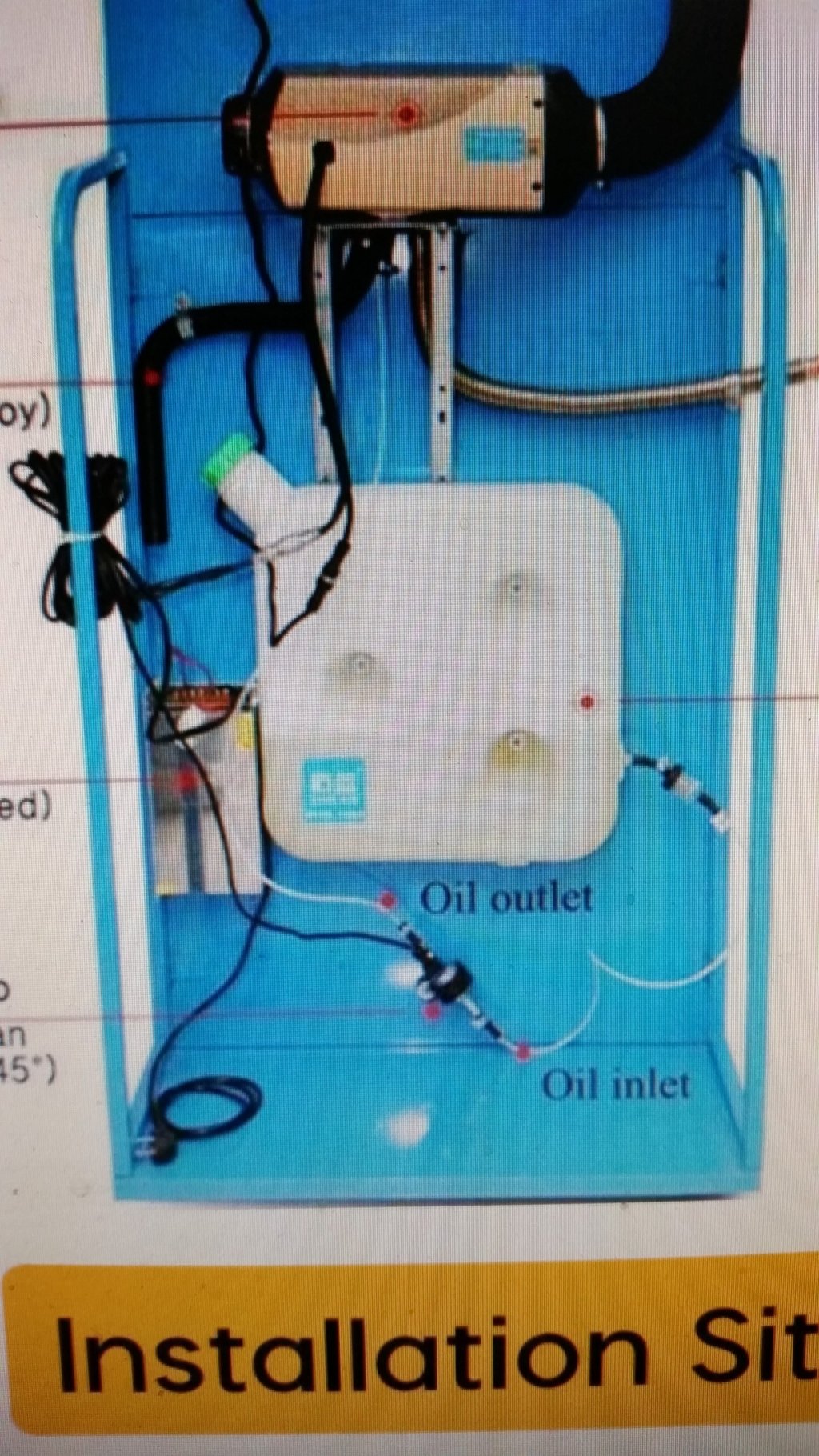condor22
Mike
Remembered I posted a thread back in 2015 re heater install. The first 20 posts were re an install of a Planar (knockoff) Heater I bought to put in my current van. However as I won some cash, I sold it and got the Dometic I now run.
There's some info on what I was going to do with the Planar re install, similar heater, different fuel tank and the rest of the thread is on the actual install of the Dometic.
Might give some ideas for others when installing a heater. Here's the link
Here's the link
https://www.prospectingaustralia.com/forum/viewtopic.php?id=11793
There's some info on what I was going to do with the Planar re install, similar heater, different fuel tank and the rest of the thread is on the actual install of the Dometic.
Might give some ideas for others when installing a heater.
https://www.prospectingaustralia.com/forum/viewtopic.php?id=11793





